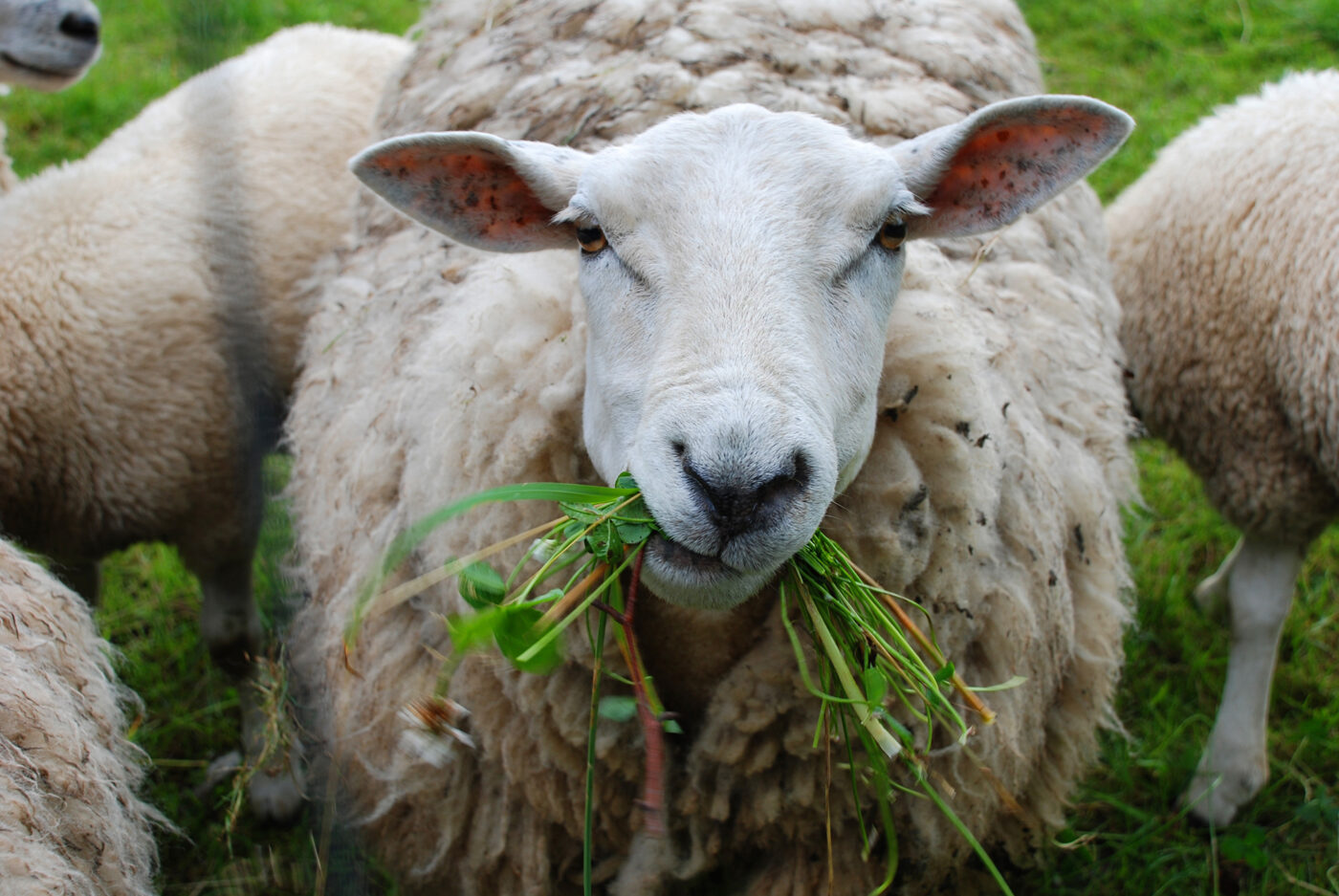Grass is Grass…Right?
Selecting the right pasture species is crucial in ensuring high quality feed for grazing livestock which can thrive in your climate and to provide sufficient groundcover to help protect the soil from erosion. Consideration of what you want to do with your property including the number and type of animals you wish to own will aid in management decisions to optimise pasture growth (weed control, appropriate variety mixtures, fertiliser program, rejuvenating native pasture).
The most important factors in determining what pasture species can be grown are:
- Rainfall
- Soil Type
- Soil depth
- Soil pH
- Waterlogging
- Aspect
Other factors such as soil fertility and grazing management will also strongly influence production and persistence. Depending upon the level of variability across a property, producers will need to manage a patchwork system of different pasture types and match their livestock system to this.
Identify Your Region
While there are variations from farm to farm, knowing your region can help with identify the types of grass and pasture species present on your farm. Victoria can broadly be divided into 4 areas: North VIC, South West VIC, Central VIC and Gippsland.
- North Victoria:
- Common Pasture Species: Buffel grass, Rhodes grass, Couch grass, and introduced species like ryegrass and clover.
- Soil Types: Sandy and loamy soils predominate, with some clayey soils. These soils may have lower fertility, requiring attention to nutrient management.
- South West Victoria:
- Common Pasture Species: Perennial Ryegrass, Tall fescue, Phalaris, cocksfoot, white clover, lucerne and various native grasses. Native grasses such as wallaby grass, microlaena and red grass can also be found.
- Soil Types: Variable soil types ranging from sandy soils in the Mallee region to heavier clay soils in some areas. Soil fertility varies, necessitating soil testing and appropriate management.
- Central Victoria:
- Common Pasture Species: Perennial ryegrass, tall fescue, Phalaris cocksfoot, and native grasses. Warm-season grasses like kangaroo grass may also be present.
- Soil Types: A mix of soil types, including loamy soils and clay loams. Soil fertility can vary, and regular soil testing is recommended.
Gippsland:
- Common Pasture Species: Perennial ryegrass, tall fescue, lucerne, chicory, Kikuyu and various cool-season grasses.
- Soil Types: High rainfall zone with an average annual rainfall varies from 550-900 mm and the growing season is about 6.5-9 months. Predominantly fertile soils with a mix of loams and clay loams which can be prone to water logging. Acidic soils can be common, requiring lime application to adjust pH.
The EverGraze website provides detailed information of the different regions in Victoria and how various varieties of perennials have performed. Find out the possible varieties that could suit your property.
Native Pastures
Most native grasses are perennials and can persist in the Australian environment with many being able to cope with droughts, heavy rain and frost. While some species have nutritive characteristics similar to introduced pasture species, others are not palatable to stock and have very little nutrient value. Native pastures will do well in rotational grazing practices, however, if native pastures are set stock, they are subject to being selectively grazed and overgrazed.
Weeds
Weeds pose a threat to your animals and the livestock industry. If not managed, they can reduce biodiversity and be toxic to your livestock when grazed heavily. Some weeds are state prohibited weeds which can be reported to Agriculture Victoria for an officer to follow up and aid in the eradication. Identifying the plants on your property can help determine if weed management practices need to be implemented. Good biosecurity practices can aid with helping to prevent the introduction and spread of any weeds coming in and leaving your farm.
Your Farm Plan
Understanding what you have on your property will enable you to plan how you will improve or manage your current pastures for your livestock.
- Identify your region and the climate of your property
- Map out farm and divide it based on aspect, slope and production zone so you can manage these pastures accordingly
- Identify current species present in these areas
- Determine if there are any weeds that need reporting or a specific weed management plan
- Soil test to determine soil depth, nutrients and pH
- Determine your desired livestock enterprise and the required feed and pastures to meet this
- Looking at online resources, research sites, talk to your neighbours, and engage with Landcare
- Plan, monitor and review
The EverGraze Making on-farm strategic Changes resource is a great place to start.
Click here to download a PDF version.
For further information, please contact the VFF Stock Sense team on 1300 882 833 or by email [email protected]



